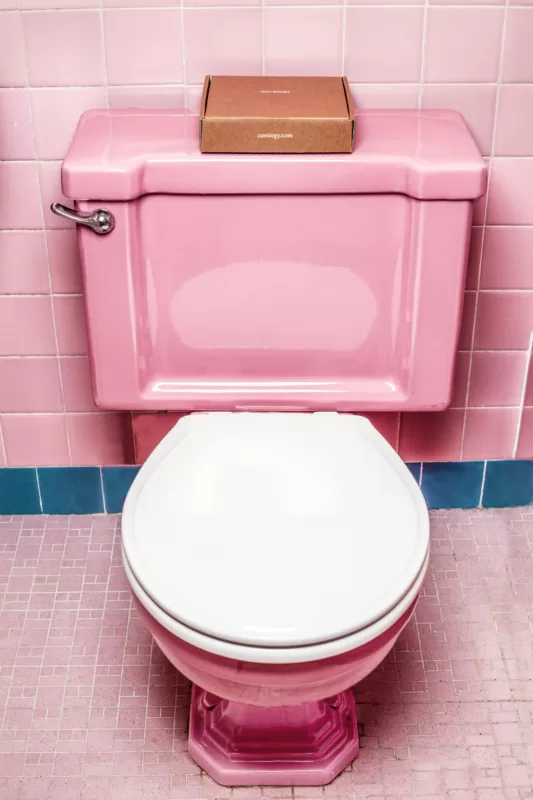PREGNANCY
Toilet Training : Techniques and Tricks for Your Child-Bebeport 2023
Potty training is indeed a significant milestone in the journey of parenting. It’s a time when you help your little one transition from diapers to using the potty like a big kid. While it can be a challenging phase, with the right techniques and tricks, potty training can be made relatively easy and stress-free.
The Importance of Potty Training Tips
Potty training is not just about getting rid of diapers; it’s a crucial step in a child’s development. It teaches them independence, responsibility, and hygiene. Here, we’ll explore effective techniques to make this transition smoother.
Getting Started-Toilet Training-Child Toilet Training-Potty Training Boys-Potty Training Girls
The journey of potty training begins with the important first step of introducing the potty to your child. This initial phase is all about familiarizing them with the concept of using the potty instead of diapers. Start by placing the potty chair or seat reducer in a location that’s easily accessible to your child, such as the bathroom. Make it a part of their everyday environment, so it becomes a natural and familiar object.
Encourage your child to sit on the potty, even if they don’t need to go at the moment. This helps them become accustomed to the idea of using it and reduces any fear or hesitation they might have. You can make it a fun and interactive experience by letting them read a book or play with a small toy while sitting on the potty. It’s essential to be patient during this phase and avoid any pressure or stress, as the goal is to create a positive association with the potty.
Explain the purpose of the potty in simple terms, so your child understands its role in the journey of growing up. Use age-appropriate language to describe that it’s where they can go to the bathroom like a big kid instead of using diapers. Be encouraging and supportive, emphasizing that using the potty is a part of becoming more independent. As you introduce the potty and make it a comfortable and familiar part of your child’s routine, you’re laying the foundation for a successful and stress-free potty training journey.
Timing Is Key
Pay attention to cues that your child needs to go. Timing is crucial; encourage them to use the potty when they feel the urge.
Positive Reinforcement
Praise and rewards can work wonders. Offer praise and small incentives when they successfully use the potty.
Consistency
Consistency is the key to success. Stick to a routine, and your child will adapt faster.
Troubleshooting Common Issues
Potty training can come with its fair share of challenges. Let’s address some common problems and how to overcome them.
Accidents Happen
Expect accidents. Instead of scolding, be patient, and reassure your child.
Fear of the Potty-Toilet Training
Sometimes, children develop a fear of the potty. Make it less intimidating by decorating it or using a potty training doll.
Regression
Regression is normal. If your child regresses, stay calm, and gently remind them about using the potty.

Conclusion
Potty training is a significant step in your child’s development. With the right techniques and tricks, it can be a smooth and rewarding journey. Remember, patience, consistency, and positive reinforcement are your allies.
FAQs
1. When should I start potty training my child?
Start when your child shows signs of readiness, typically between 18 to 24 months.
2. What if my child refuses to use the potty?
It’s common; be patient and try different approaches, such as incentives or a favorite story during potty time.
3. Can I use a potty training book or videos to help?
Yes, using educational resources can make the process fun and engaging for your child.
4. How long does potty training usually take?
The timeline varies, but most children are fully potty trained by age 3.
5. What if my child is afraid of flushing the toilet?
Reassure your child, explaining that it’s a normal part of the process, and let them flush it themselves when they’re ready.
Click here to read more blogs. Blogs >
